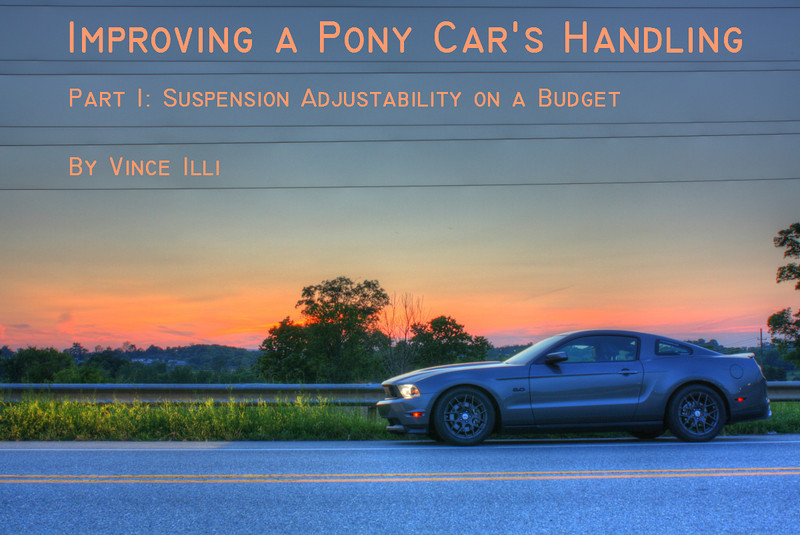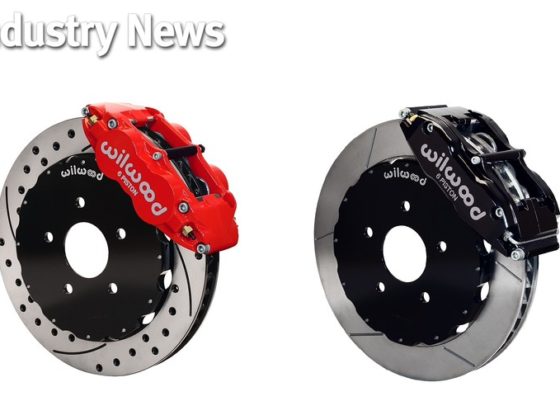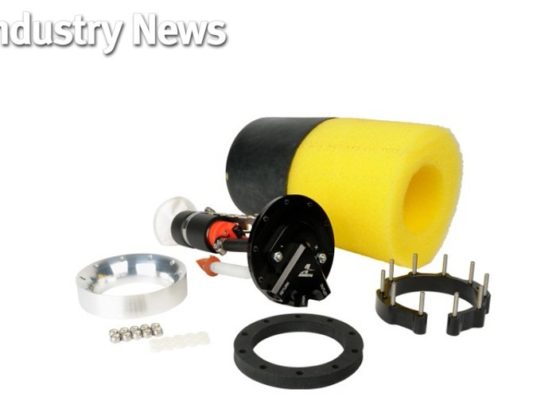,
 |
| Once again, note that these diagrams are not to scale. All of the angles are also exaggerated for illustrative purposes. |
Let's say that your car has been lowered, as is the case with Project Mustang 5.0. The axle is now “higher” relative to the chassis. This means that the entire axle assembly has rotated upwards about the lower control arms, meaning that the LCAs point upwards towards the axle. This is shown as the bottom-left image above. During hard acceleration, the force acting through the lower control arm is going to push that axle upwards even more, contributing to increased squat and rearward weight transfer. This creates even more wheel-hop, wastes energy by raising the axle and transferring weight towards the rear of the car, decreases traction, and slows acceleration. There are no advantages to having the lower control arms pointing upwards towards the axle. You can also see that the more the suspension has been lowered, the worse that upwards angle becomes.
For years, drag racers have done the opposite: they have installed relocation brackets to make the lower control arms point downwards towards the axle. This is shown as the bottom-right image above. Now, during hard acceleration, the lower control arms tend to rotate the axle downwards relative to the chassis. This creates what is called anti-squat. Anti-squat prevents the rear end from compressing or “squatting” during acceleration (and with very large angles actually causes the rear chassis to rise up somewhat). Less squat means less rearward weight transfer, less wheel-hop, and better acceleration. Extremely high angles, however, can create wheel-hop during hard braking.
As I mentioned previously, the control arm angles also affect cornering performance. To understand this, we need to think about what happens when the car takes a hard corner. The car's chassis rolls in the opposite direction of the corner, compressing that side of the suspension. As that side compresses, the axle moves upwards relative to the chassis. However, because the control arms cause the axle to move in an arc, the axle moves forward a little bit on the outer side of the corner. This is illustrated below.
 |
| This illustrates roll steer. All angles are exaggerated for illustrative purposes. |
Let's assume for the moment the car is on stock suspension and that the lower control arms are still parallel to the ground. If we're going around a sharp right-hand corner, the body is leaning onto the left, or driver's side. That side of the axle is “higher” relative to the chassis, which means that it has rotated upwards around the lower control arm mounting points. This is shown in the above diagram as the angle Theta (?). If the LCAs are parallel to the ground while the car isn't moving, Theta starts as zero degrees and increases as the suspension compresses. On the diagram, you can see that as Theta increases, the axle rotates in an arc to the left (towards the front of the car). The graph on the right shows that the more Theta increases, the more the axle moves forwards. That is because this longitudinal deflection is a function of the Cosine of Theta. Because that side of the axle moves forward relative to the chassis but the other side does not, it creates a bit of rear-wheel steering known as Roll Steer. Since the outside wheel is moving forward, it “steers” the rear of the car in the same direction as the front, causing the rear end to “crab walk” a bit around corners, which is known as Roll Understeer.
 |
| This shows the difference between roll understeer and oversteer. Angles are exaggerated. |
Looking at that diagram again, you can see what happens if the car has been lowered. Theta starts with a value higher than zero, which means that going around a hard corner increases the angle even more and thus deflects the axle even farther forward. In other words, having lower control arms that point upwards towards the axle increases roll understeer.
On the other hand, if the lower control arms point downwards towards the axle, something pretty cool happens. In this case, Theta starts with a negative value. As the suspension on that side compresses, Theta increases towards zero. Looking at the graph, you can see that this actually moves the axle somewhat backwards on that side. This means that during a hard corner, the rear axle now, as a whole, rotates in the opposite direction, making the rear axle “steer” in the opposite direction as the front and thus causing the entire car to turn more sharply!
To that end, Whiteline sent us some trick rear suspension parts: their adjustable lower control arms and relocation brackets, which they call Anti-Squat Brackets. Before we can start playing around with the rear suspension geometry, though, we needed to make sure that the rear axle was perfectly centered left-to-right relative to the chassis. The panhard rod locates the rear axle laterally, or left-to-right. However, it also causes the axle to move in a bit of an arc as the suspension compresses, very similarly to how the control arms cause the axles to rotate in an arc, as well. This means that once the car has been lowered, the axle is no longer centered laterally. For this, we used Whiteline's adjustable-length panhard bar.
 |
| Whiteline's panhard bar is made of very strong 4130 chromoly steel. The bushings on the end utilize their proprietary “Synthetic Elastomer” for low-speed ride compliance and high-speed rigidity. The crush tubes at either end free-float in the bushings, preventing binding. |



